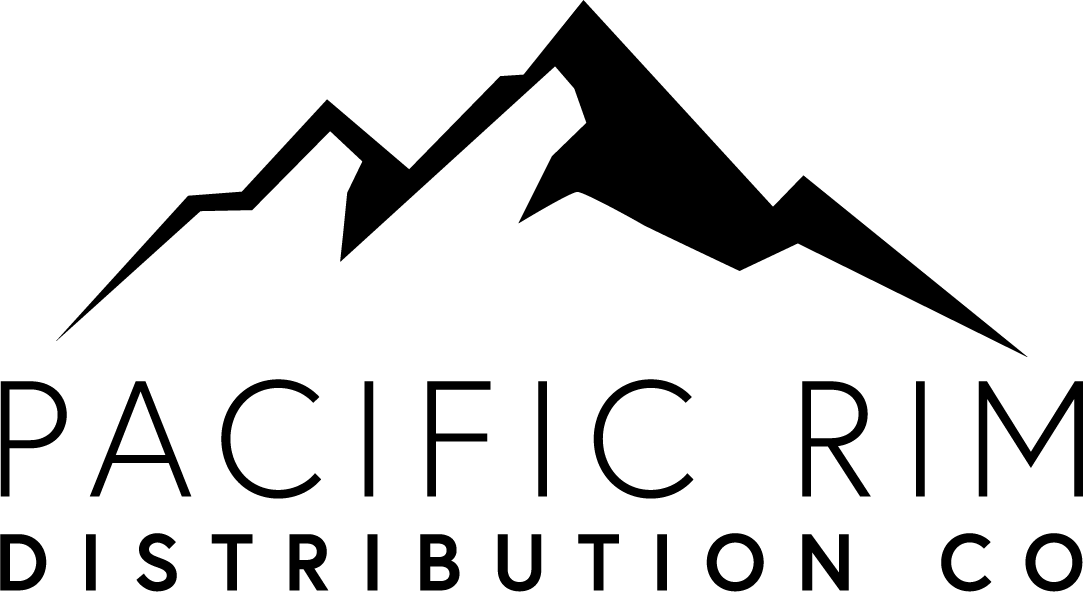Could "Revenge Spending" from affluent consumers kick start the craft beer recovery in 2021?
One of the main things we’re seeing across the globe in major craft beer markets from China to Sinapore, is the potential for revenge spending on luxury goods, including craft beer.
The term revenue spending refers to the acceleration of spending to help satisfy and ease pent-up demand for consumption among buyers who have, for the most part, cut a significant amount of their purchases since March 2020.
You don’t need to look far beyond China to see this in action, as the windfall for luxury brands continues to build as Chinese retail resumes. For example, the Hermès store in Guangzhou reported sales of $2.7 MILLION USD on the first day of reopening after a lockdown in April.
After the lifting of lockdown restrictions in China, local retail outlets from luxury brands like Gucci, Prada, and Hermès saw a spike in sales. The luxury jeweler Tiffany & Co saw a 90% increase in spending in China over summer 2021 as retail reopened (despite a 40% drop in global sales).
A temporary surge in spending as normality returns may be explained by a phenomenon termed revenge Spending: as lockdown restrictions are eased on extremely affluent and secure consumers, spending on those goods and services inaccessible during the pandemic will surge, as consumers indulge and temporarily overcompensate for their lockdown privations.
Restaurants, bars, nightlife, and entertainment are sectors poised to benefit from a “Revenge Spending” boom. This phenomenon could also constitute a swing back from experiences to material things, with physical retail perhaps more likely to rebound in the short term than international travel or global tourist destinations as consumers reset comfort levels.
How can a brand be prepared for the short-term acceleration?
Brands must craft a flexible innovation strategy that can meet a surge in short-term demand. This holds especially true for those industries best positioned to benefit from any “revenge spending” in discretionary consumer goods (apparel, luxury items, accessories) and rising mobility outside of the home (consumer foodservice and domestic travel).
Brands and retailers have been forced to take greater measures to ensure consumer safety during the pandemic. Many of these changes are likely to remain in place. The next step is ensuring consumer comfort while replicating (or even improving) retail and foodservice experiences during a period of pent up demand. In the beverages industry, touch-free vending and automated fountain options are likely to be expanded by leading brands. In July 2020, Coca-Cola launched a touch-free version of its Freestyle self-service machine, a popular option with quick service foodservice chains in North America.
In the travel industry, limited and special travel campaigns might accelerate a return to normality with domestic travel. China’s largest domestic airline carrier, China Southern Airlines, had success with a “Fly Happily” unlimited domestic travel pass from August 2020 to January 2021, with other arriers the following suit in the second half of 2020.
